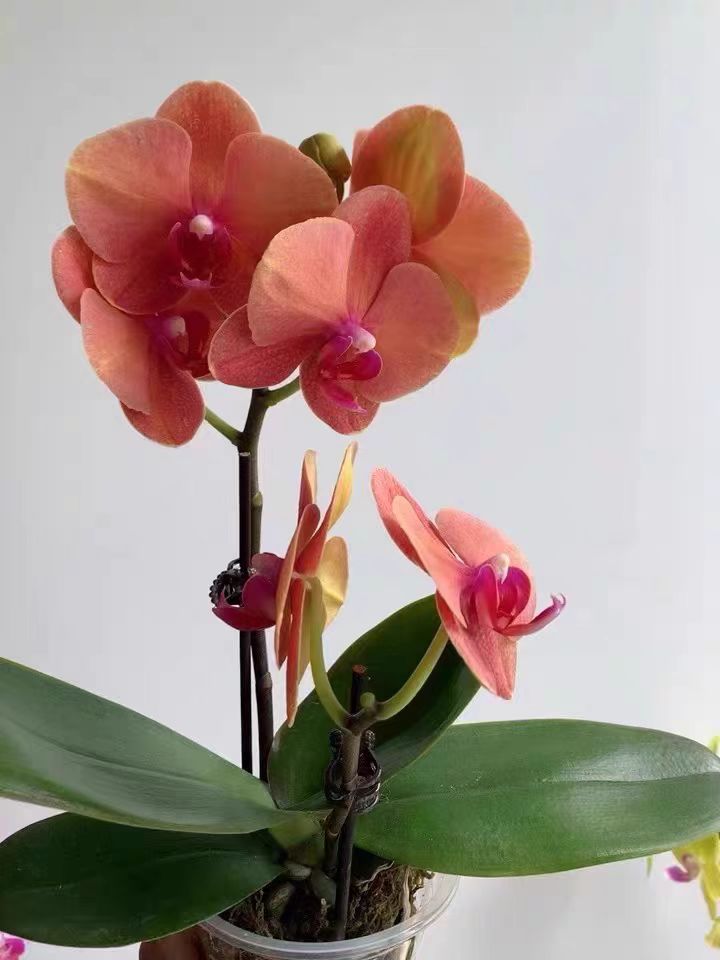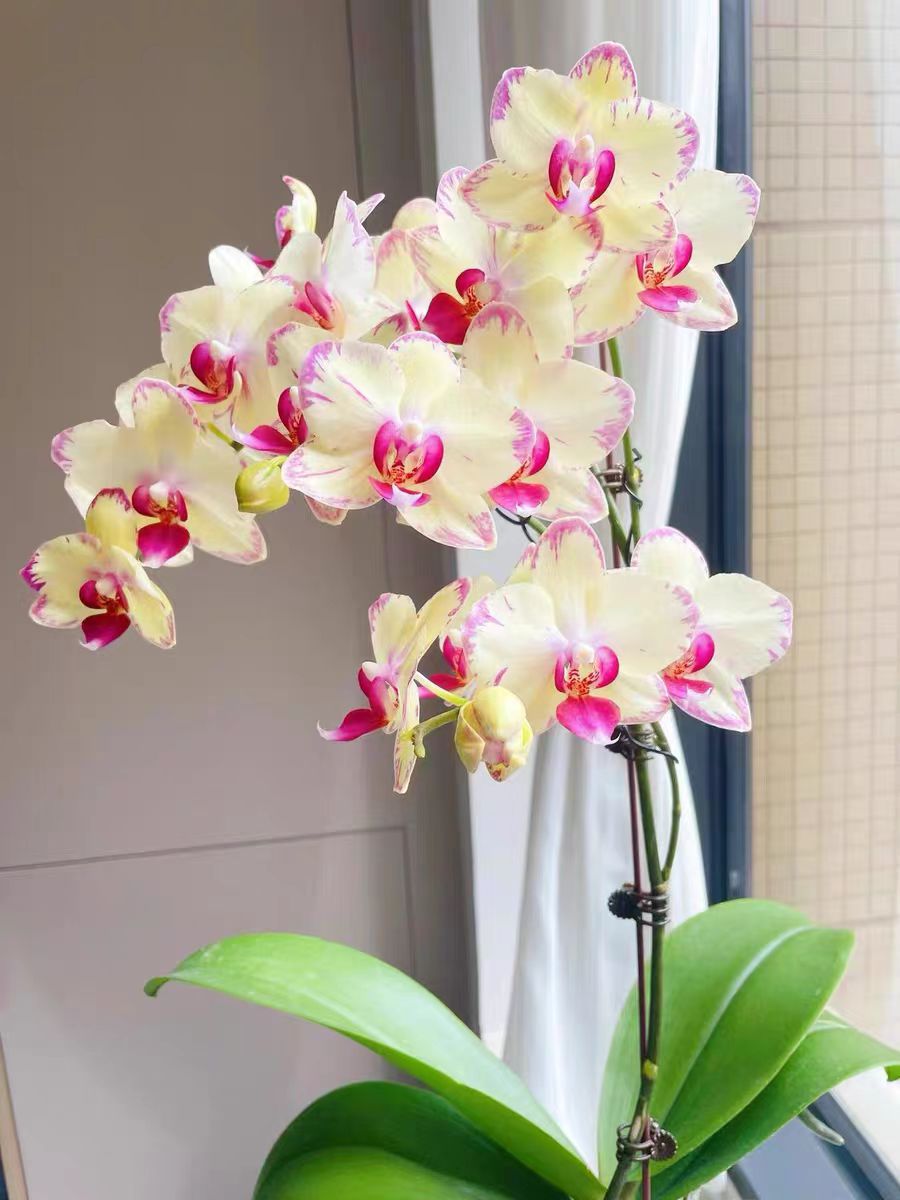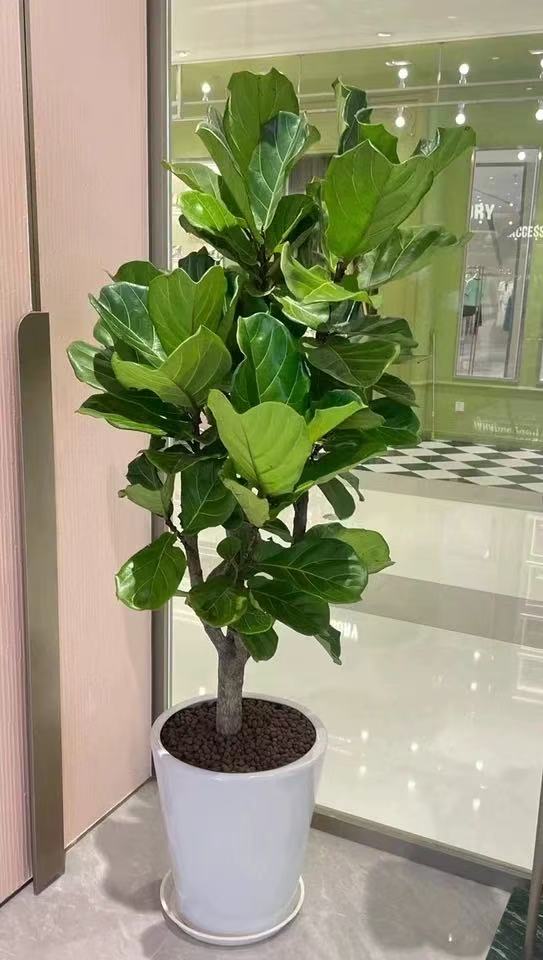The Happy Tree, scientifically known as Radermachera sinica, has a graceful form with upright branches and emerald green, lustrous leaves. Its crown resembles an open green umbrella, bringing a sense of coolness and tranquility. The leaves are oval or ovate-lanceolate, with clear texture and smooth touch, as if they were artworks meticulously crafted by nature.
The Happy Tree has strong vitality and good adaptability. Whether in the warm and humid south or the relatively dry north, it can take root and grow, showing its tenacious quality. This ability to adapt to the environment makes it one of the favorite green plants in many households and offices. However, during the maintenance process, sometimes the phenomenon of yellowing and leaf drop occurs, which troubles flower lovers.
Next, I will introduce to you how to solve the problems of yellowing and leaf drop of the Happy Tree from multiple aspects, as well as the correct breeding methods and precautions for the Happy Tree.
There are various reasons for the yellowing and leaf drop of the Happy Tree. First of all, improper watering is one of the common problems. Excessive watering can lead to water accumulation at the roots, affecting the breathing and nutrient absorption of the roots, thereby causing yellow leaves and leaf drop; while too little watering can cause water shortage in the plant, resulting in dry and fallen leaves. Secondly, insufficient or excessive light may also lead to this phenomenon. Insufficient light can weaken photosynthesis and affect the normal growth of the plant; while direct strong light may burn the leaves. Moreover, factors such as inappropriate soil pH, improper fertilization, and pest and disease infestation may all trigger the yellowing and leaf drop of the Happy Tree.
In response to the above problems, we can take corresponding solutions. For the case of improper watering, water should be applied reasonably according to the dryness and wetness of the soil to keep the soil moist but not overly wet. Adjust the light conditions and place the Happy Tree in a bright location but avoid direct sunlight. Regularly test the soil pH and keep it within the appropriate range. Fertilize reasonably and follow the principle of applying thin fertilizers frequently. For pests and diseases, they should be discovered in time and effective prevention and control measures should be taken.
When breeding the Happy Tree, the following methods should be noted. Choose loose, fertile, and well-drained soil, which can be mixed with leaf mold soil, garden soil, and river sand. Suitable temperature is crucial for the growth of the Happy Tree, and the ideal growth temperature is 20 - 30 degrees Celsius. In terms of fertilization, a thin compound fertilizer can be applied once a month in spring and autumn, while fertilization should be reduced in summer and winter.
At the same time, there are some precautions when breeding the Happy Tree. Regular pruning is necessary to remove dead, diseased and overly long branches to maintain the beautiful form and healthy growth of the plant. Pay attention to ventilation to avoid the plant being in a hot and humid environment for a long time and reduce the chance of pests and diseases.
In conclusion, only by grasping the reasons and solutions for the yellowing and leaf drop of the Happy Tree and following the correct breeding methods and precautions can the Happy Tree thrive and add vitality and vigor to our living and working environment.
Why do the leaves of the Happy Tree turn yellow and fall off?

Share with
Tagged in :




Leave a Reply